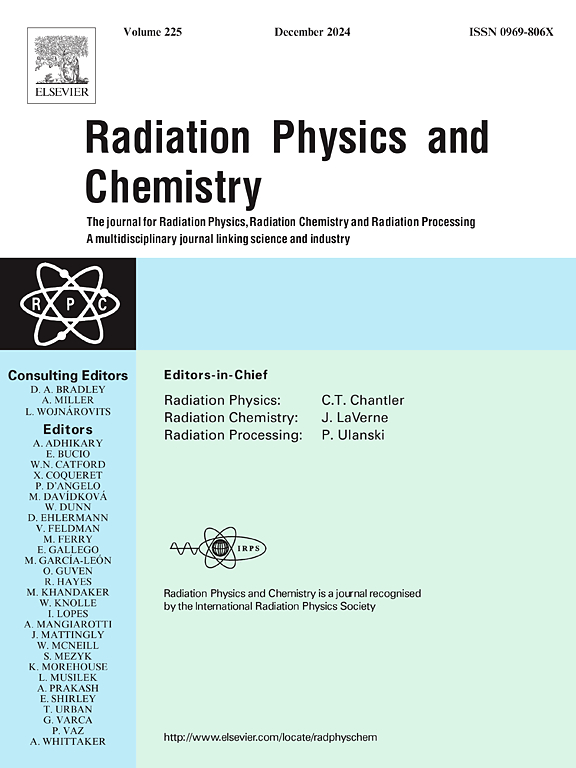Computation of electron interaction with halide precursors
IF 2.8
3区 物理与天体物理
Q3 CHEMISTRY, PHYSICAL
引用次数: 0
Abstract
The understanding of electron interaction with molecular targets in deposition techniques such as plasma-enhanced chemical vapor deposition (PA-CVD) and focused electron beam-induced deposition (FEBID) is important for advancement in these fields. So, in this research work, we have computed the integral scattering cross section due to electron collision for a few important molecular targets such as , , and , which are used in these techniques as halide precursors for deposition. We have employed spherical complex optical potential (SCOP) and complex scattering potential-ionization contribution (CSP-ic) formalisms to calculate integral elastic, total, momentum transfer, and ionization cross sections in the energy range from ionization energy up to 5 . We have also compared the computed results with the available data in the literature. Based on our information, this is the first effort to theoretically work out cross-sectional data for and precursor molecules.

电子与卤化物前驱体相互作用的计算
在等离子体增强化学气相沉积(PA-CVD)和聚焦电子束诱导沉积(FEBID)等沉积技术中,了解电子与分子目标的相互作用对这些领域的发展具有重要意义。因此,在本研究工作中,我们计算了这些技术中用作卤化物前驱体的几个重要分子靶点(如TiCl4、SnCl4、SnCl2和SiH2Cl2)由于电子碰撞引起的积分散射截面。我们采用球面复光势(SCOP)和复散射势-电离贡献(CSP-ic)形式计算了从电离能到5kev能量范围内的积分弹性截面、总截面、动量传递截面和电离截面。我们还将计算结果与文献中的现有数据进行了比较。基于我们的信息,这是第一次从理论上计算出SnCl2和SiH2Cl2前体分子的截面数据。
本文章由计算机程序翻译,如有差异,请以英文原文为准。
求助全文
约1分钟内获得全文
求助全文
来源期刊

Radiation Physics and Chemistry
化学-核科学技术
CiteScore
5.60
自引率
17.20%
发文量
574
审稿时长
12 weeks
期刊介绍:
Radiation Physics and Chemistry is a multidisciplinary journal that provides a medium for publication of substantial and original papers, reviews, and short communications which focus on research and developments involving ionizing radiation in radiation physics, radiation chemistry and radiation processing.
The journal aims to publish papers with significance to an international audience, containing substantial novelty and scientific impact. The Editors reserve the rights to reject, with or without external review, papers that do not meet these criteria. This could include papers that are very similar to previous publications, only with changed target substrates, employed materials, analyzed sites and experimental methods, report results without presenting new insights and/or hypothesis testing, or do not focus on the radiation effects.
 求助内容:
求助内容: 应助结果提醒方式:
应助结果提醒方式:


